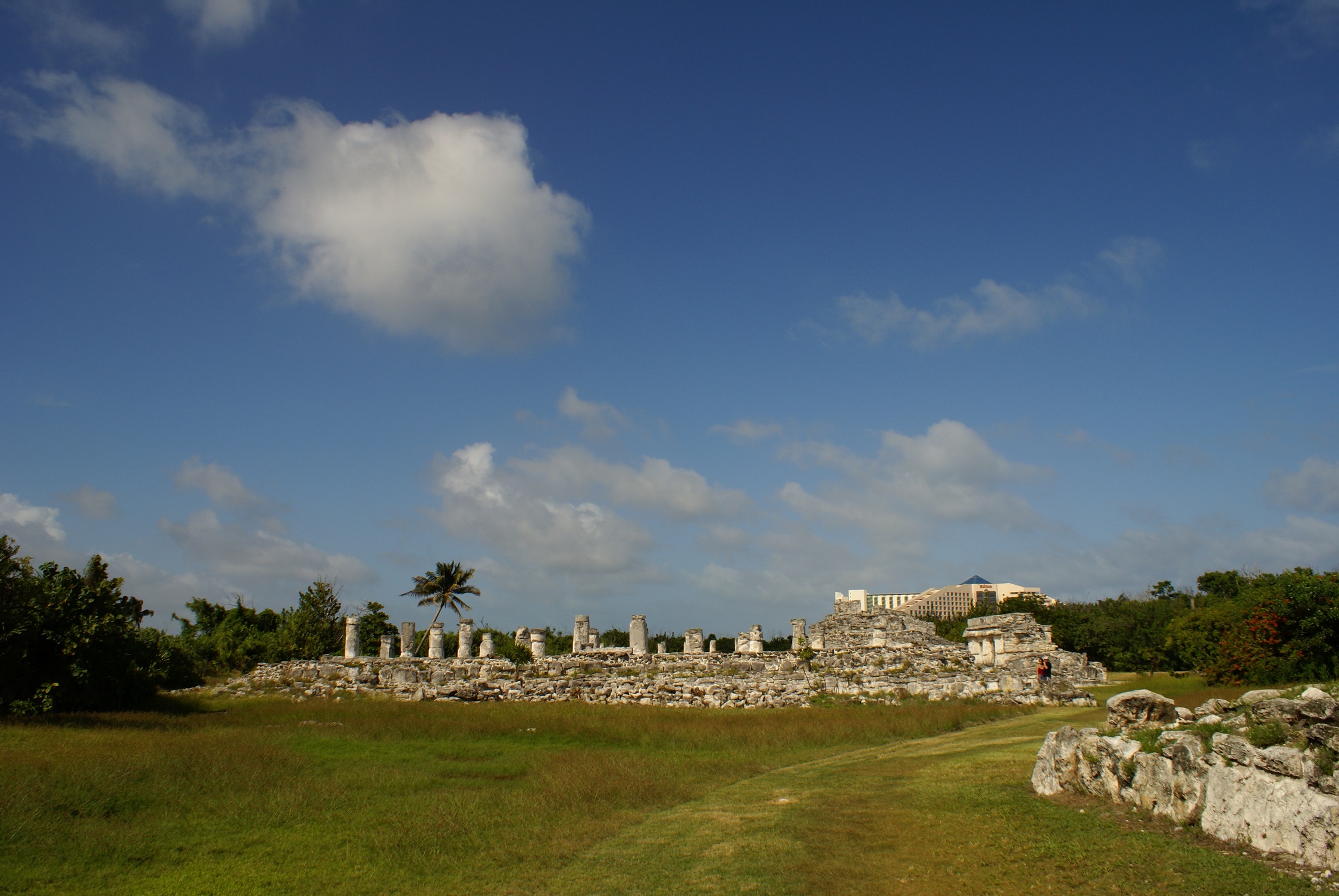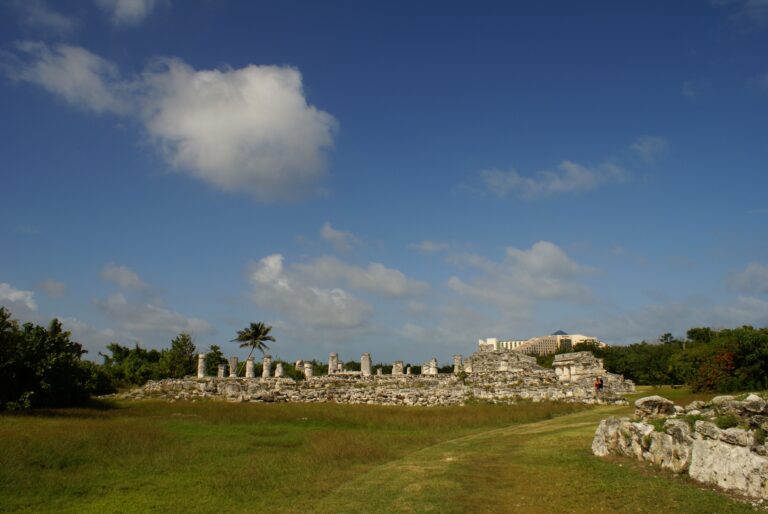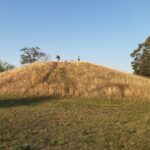In Prehispanic Cancun, immigrants were treated just like Maya locals
Families moved residence across Mesoamerica and integrated into new societies
Ancient people immigrated to Cancun Island and were treated just like locals, according to a study published October 25, 2023 in the open-access journal PLoS ONE by Andrea Cucina of the Autonomous University of Yucatan, Mexico and colleagues.
The Late Postclassic (AD 1200-1500) in the northern Maya lowlands was a period of major changes, including the development of many settlements along the east coast of the Yucatan Peninsula, influenced in part by expanded trade routes. Previous research has found that these settlements were home to many non-local individuals, but it remains unclear whether these people were treated as “foreigners” or if they were integrated into local society.
In this study, Cucina and colleagues analyzed the remains of 50 individuals from two archaeological sites on Cancun Island dating to the Late Postclassic. Investigating strontium isotope signatures in teeth, the team determined that seven of these individuals appear to have been born elsewhere in the Maya lowlands, not local to these sites. However, examination of carbon isotopes (as a proxy for diet) and the construction of the graves of these individuals found no significant difference between locals and non-locals, suggesting that they were all treated similarly in terms of the food they ate and how they were buried.
These results suggest that these non-local individuals had integrated into local culture despite being from other regions. The fact that the non-local people included adults and children suggests that whole families, not just individuals, were in the habit of moving residence. One notable limitation of this study is that these techniques cannot detect “second generation immigrants”, a potentially valuable source of information that will have to be investigated using different methods. Analyzing patterns of mobility in Prehispanic Mesoamerica is essential for a thorough understanding of cultural networks of the time.
The authors add: “In the Postclassic period (AD 1200-1520) the east coast of Mexico’s Yucatan Peninsula saw the arrival of foreign people, who were assumed, based on archaeological and architectural records, to come from several locations in central Mexico. However, the current research shows migration from within the Maya cultural region (from what is now Belize, Peten, Guatemala and other parts of the Yucatan Peninsula). Migration for economic, environmental, political or kinship considerations is a familiar part of the human experience, and the current study documents the past movement and integration of individuals, and possibly entire families, into new communities. People may have relocated for similar reasons as they do today—for economic, environmental, political or kinship considerations.”
#####

Bibliographic information:
Cucina A, Thornton EK, Ortega-Muñoz A (2023) Human mobility on Cancun Island during the Late Postclassic: Intra- and inter-site demographic interactions, PLoS ONE 18(10): e0292022, DOI: https://doi.org/10.1371/
Press release from PLoS ONE.



